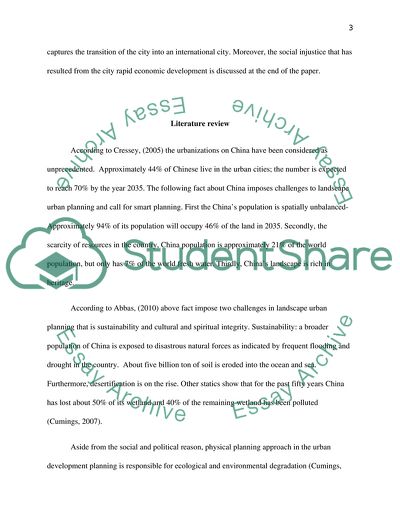Cite this document
(The Landscape Urbanism Assignment Example | Topics and Well Written Essays - 1750 words, n.d.)
The Landscape Urbanism Assignment Example | Topics and Well Written Essays - 1750 words. https://studentshare.org/environmental-studies/1850341-research-paper-landscape-case-study
The Landscape Urbanism Assignment Example | Topics and Well Written Essays - 1750 words. https://studentshare.org/environmental-studies/1850341-research-paper-landscape-case-study
(The Landscape Urbanism Assignment Example | Topics and Well Written Essays - 1750 Words)
The Landscape Urbanism Assignment Example | Topics and Well Written Essays - 1750 Words. https://studentshare.org/environmental-studies/1850341-research-paper-landscape-case-study.
The Landscape Urbanism Assignment Example | Topics and Well Written Essays - 1750 Words. https://studentshare.org/environmental-studies/1850341-research-paper-landscape-case-study.
“The Landscape Urbanism Assignment Example | Topics and Well Written Essays - 1750 Words”. https://studentshare.org/environmental-studies/1850341-research-paper-landscape-case-study.


